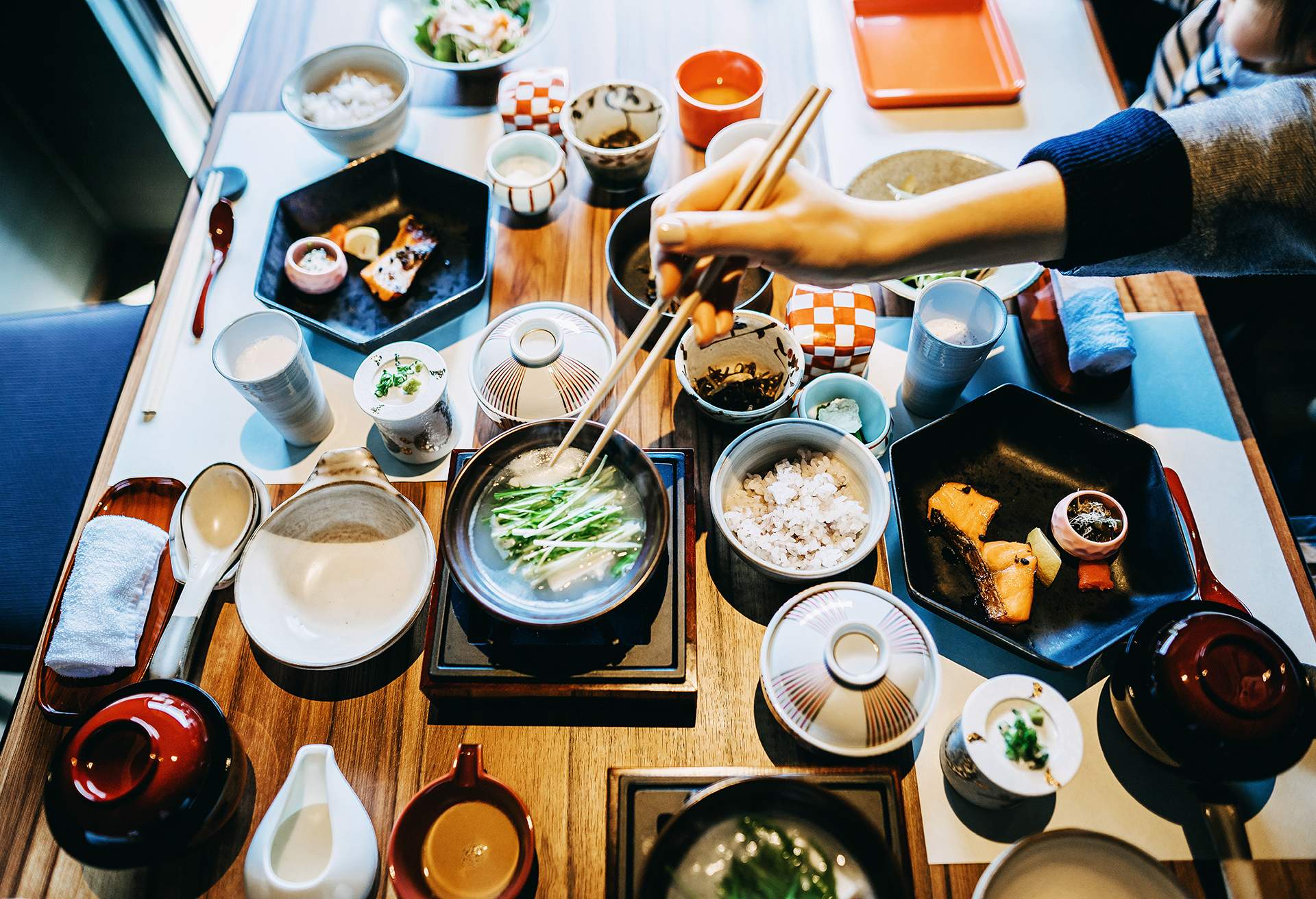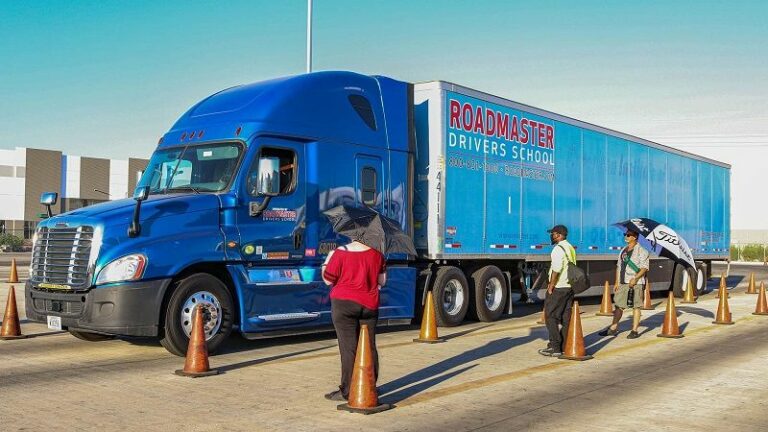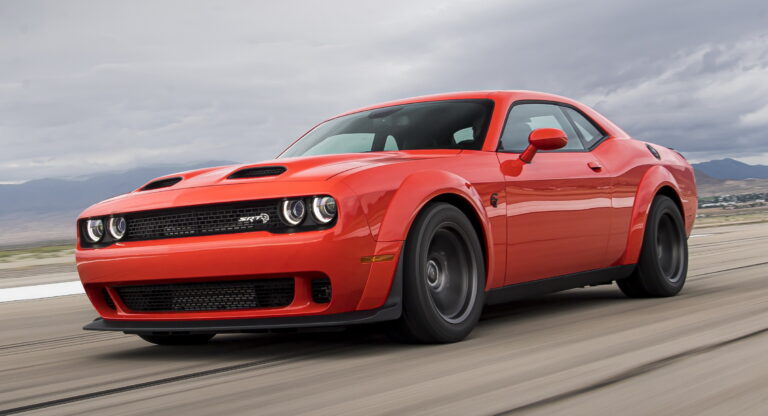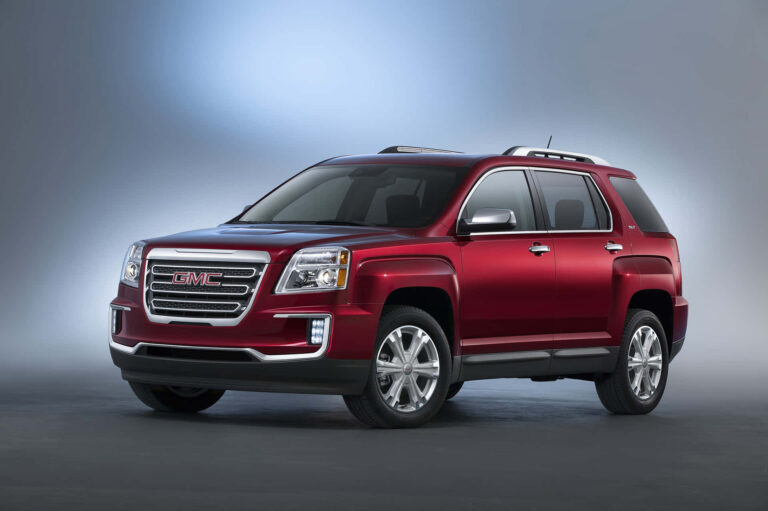Food Truck Inside: Mastering the Heart of Mobile Culinary Operations
Food Truck Inside: Mastering the Heart of Mobile Culinary Operations cars.truckstrend.com
The phrase "Food Truck Inside" might initially conjure images of a literal food truck parked indoors, perhaps at a convention center or a private event. While that’s certainly one manifestation, the deeper, more crucial meaning of "Food Truck Inside" refers to the meticulously designed, highly efficient, and strategically optimized interior of a food truck itself – the true engine room where culinary magic happens. Furthermore, it encompasses the growing trend of applying these very principles of compact, high-output kitchen design to fixed indoor locations, bringing the "food truck experience" to corporate campuses, event venues, and retail spaces without the wheels.
Understanding "Food Truck Inside" is paramount for anyone venturing into mobile food service or seeking to replicate its efficiency in a stationary setting. It’s not just about fitting equipment into a confined space; it’s about creating a seamless workflow, ensuring regulatory compliance, maximizing productivity, and ultimately, delivering a consistent, high-quality product to customers. This comprehensive guide will delve into every facet of "Food Truck Inside," from its core components and design principles to its evolving applications and the practical considerations for success.
Food Truck Inside: Mastering the Heart of Mobile Culinary Operations
The Anatomy of "Food Truck Inside": Essential Components & Layout
At its core, a food truck’s interior is a commercial kitchen compressed into a dynamic, mobile footprint. Every inch must be utilized wisely to ensure smooth operations and adherence to stringent health and safety regulations.
Key Zones within the "Food Truck Inside":
- Cooking Zone: This is the hot line, typically featuring grills, griddles, fryers, ovens, and sometimes specialized equipment like pizza ovens or rotisseries. Proper ventilation (hoods and exhaust fans) is critical here to remove heat, smoke, and grease.
- Preparation Zone: Dedicated surfaces for chopping, mixing, and assembling ingredients. This area should be separate from the cooking zone to prevent cross-contamination and allow for efficient prep work. Refrigerated prep tables are common.
- Washing & Sanitation Zone: Essential for health compliance, this zone typically includes a multi-compartment sink (three-compartment for washing, rinsing, sanitizing dishes, plus a separate hand-washing sink) and sometimes a mop sink. Access to hot and cold running water is mandatory.
- Serving & POS Zone: The customer-facing area where orders are taken, payments processed, and food is delivered. This often includes a service window, POS system, and condiment station.
- Storage Zone: Both dry and refrigerated storage for ingredients, packaging, and supplies. Vertical shelving, under-counter refrigeration, and custom cabinetry are used to maximize limited space.

Essential Equipment:
- Cooking Equipment: Griddles, charbroilers, deep fryers, range tops, convection ovens, panini presses, steam tables.
- Refrigeration: Reach-in refrigerators/freezers, under-counter units, prep tables with refrigerated wells.
- Washing Stations: 3-compartment sink, hand wash sink, potentially a mop sink.
- Ventilation: Commercial-grade exhaust hood with fire suppression system, make-up air unit.
- Power & Utilities: Generator (for electricity), propane tanks (for gas equipment), fresh and grey water tanks, water pump, water heater.
- Safety Equipment: Fire extinguishers, first-aid kit, non-slip flooring.
- POS System: For order taking and payment processing.


The layout of these components dictates workflow. A well-designed "Food Truck Inside" promotes a logical flow of operations, from receiving ingredients to preparing, cooking, and serving food, minimizing wasted steps and maximizing efficiency.
Designing for Success: Optimizing Your Food Truck Interior
Optimizing the "Food Truck Inside" is a delicate balance of ergonomics, compliance, and strategic space utilization.
-
Space Optimization: Every square inch counts.
- Vertical Storage: Utilize wall space with shelving, magnetic knife strips, and hanging racks.
- Multi-functional Equipment: Choose appliances that can perform multiple tasks (e.g., a griddle that also functions as a flat-top grill).
- Custom Fabrication: Investing in custom-built stainless steel counters and shelving can maximize usable space and fit irregular dimensions perfectly.
- Ergonomics: Design the layout to minimize bending, reaching, and repetitive motions, reducing staff fatigue and increasing speed.
-
Workflow Efficiency: A smooth flow is paramount for speed and accuracy.
- One-Way Flow: Ideally, ingredients move from storage to prep, then to cooking, and finally to the serving window in a continuous, forward motion, avoiding bottlenecks.
- Dedicated Stations: Clearly define areas for specific tasks to prevent clutter and confusion.
- Strategic Placement: Place frequently used items within easy reach of their respective stations.
-
Hygiene & Compliance: Non-negotiable aspects of "Food Truck Inside."
- Health Department Regulations: Adhere strictly to local health codes, which dictate sink requirements, surface materials (easy-to-clean, non-porous stainless steel), hot water availability, ventilation, and waste disposal.
- Food Safety: Implement proper food storage (temperature control), handling, and cross-contamination prevention protocols.
- Pest Control: Design features and operational practices to deter pests.
-
Power & Utilities Management: The lifeline of your mobile kitchen.
- Generator Sizing: Ensure your generator can handle the combined load of all electrical equipment.
- Propane Safety: Proper installation, ventilation, and regular inspection of propane tanks and lines are crucial.
- Water Management: Adequate fresh and grey water tank capacities are essential for extended operation without refilling/dumping.
-
Safety Features: Protecting staff and customers.
- Fire Suppression System: A mandatory component over cooking equipment, often integrated with the exhaust hood.
- Non-Slip Flooring: Prevents accidents in a wet and busy environment.
- Emergency Exits: Clear pathways and accessible exits.
The "Food Truck Inside" Business Model: Bringing the Concept Indoors
The inherent efficiency, compact design, and specialized menu focus of a food truck interior have inspired a fascinating evolution: the "Food Truck Inside" concept applied to stationary, indoor environments. This isn’t about parking a truck indoors, but rather recreating its operational benefits within a building.
What it Means: It’s about leveraging the food truck’s core principles – rapid service, focused menu, compact kitchen footprint, and often a unique culinary niche – and integrating them into a fixed structure. Think of it as a highly optimized, modular kitchen designed for high-volume, quick-service output.
Applications:
- Corporate Cafeterias: Offering diverse, rotating food options with quick turnaround.
- Event Catering: Setting up temporary, highly efficient kitchens for large events, mimicking the speed and variety of a food truck rally.
- Pop-Up Kitchens: Temporary culinary experiences in vacant spaces or retail environments.
- Ghost Kitchens/Cloud Kitchens: Dedicated facilities optimized solely for delivery and takeout, often featuring multiple "food truck inside"-style kitchens under one roof.
- Mall Food Courts: Compact, specialized culinary units designed for high foot traffic and fast service.
- Hotels & Resorts: Providing flexible dining options or specialized grab-and-go services.
Benefits of Indoor "Food Truck Inside" Concepts:
- Weather Independence: No concerns about rain, snow, or extreme temperatures affecting operations.
- Wider Client Base: Access to audiences within buildings, campuses, or specific venues.
- Lower Overhead (vs. Full Restaurant): Smaller footprint often means lower rent and less build-out cost than a traditional restaurant.
- Faster Setup & Flexibility: Modular designs allow for quicker deployment and adaptation to different venues or menus.
- Focus & Specialization: Allows businesses to focus on a niche menu, much like a traditional food truck.
Challenges:
- Venue Restrictions: Adapting to existing building infrastructure, ventilation, and fire codes.
- Permitting & Licensing: Navigating local health and building permits, which can differ significantly from mobile regulations.
- Logistics: Managing ingredient delivery and waste removal within a fixed building.
- Branding: Creating a distinct identity without the physical presence of a truck.
How to Plan Your "Food Truck Inside" (For Mobile & Indoor Concepts)
Whether you’re building a mobile food truck or an indoor "food truck-style" kitchen, the planning process shares common critical steps.
-
Concept Development & Menu:
- Define your culinary niche, target audience, and menu. This dictates the equipment you’ll need.
- Consider efficiency: Can your menu items be prepared quickly with limited space?
-
Budgeting & Financing:
- Estimate costs for the truck/space, equipment, permits, initial inventory, marketing, and working capital.
- Explore financing options (loans, grants, crowdfunding).
-
Layout Design & Equipment Selection:
- Professional Design: Work with a designer experienced in commercial kitchen layouts, especially for compact spaces. They can ensure compliance and efficiency.
- Equipment Sourcing: Research reliable, durable, and space-efficient equipment. New vs. used?
- Workflow Mapping: Diagram your operational flow to identify potential bottlenecks.
-
Permitting & Licensing:
- Mobile: Research state and local health department requirements for mobile food units, including commissary agreements, specific equipment mandates, and inspection processes.
- Indoor: Understand building codes, fire safety regulations, and health department permits for fixed commercial kitchens in your specific location. This can vary greatly by city/county.
-
Sourcing & Build-Out/Setup:
- Mobile: Find a reputable food truck builder or a general contractor experienced in mobile kitchens.
- Indoor: Work with commercial kitchen contractors for fit-out and equipment installation. Ensure all installations meet code.
-
Staffing & Training:
- Hire adaptable staff who can work efficiently in compact environments.
- Train thoroughly on equipment operation, food safety protocols, POS systems, and customer service.
Key Considerations & Tips for Longevity
Sustaining a successful "Food Truck Inside" operation, whether mobile or stationary, requires ongoing attention to detail.
- Maintenance & Cleaning: Regular deep cleaning is non-negotiable for hygiene and equipment longevity. Implement a strict daily, weekly, and monthly cleaning schedule. Service equipment proactively to prevent breakdowns.
- Technology Integration: Invest in robust POS systems, online ordering platforms, and inventory management software. These tools streamline operations, reduce errors, and provide valuable data.
- Menu Adaptability: While specializing is key, be prepared to adapt your menu based on customer feedback, seasonal ingredients, and evolving trends. Offer specials to keep things fresh.
- Staff Training & Retention: Well-trained, happy staff are your greatest asset. Foster a positive work environment, provide ongoing training, and offer competitive compensation.
- Marketing the "Inside" Experience: For mobile trucks, highlight your unique menu and locations. For indoor concepts, emphasize the speed, quality, and specialized offerings that mimic the best of food truck culture. Use social media, loyalty programs, and local partnerships.
- Sustainability: Consider eco-friendly practices, such as waste reduction, energy-efficient equipment, and responsible sourcing.
Table Price: Food Truck Inside – Cost Breakdown (Illustrative Estimates)
The cost of setting up your "Food Truck Inside" can vary dramatically based on the level of customization, equipment choices, and whether you’re building a mobile unit or an indoor concept. These are illustrative ranges.
| Category | Mobile Food Truck Inside (New Build) | Indoor Food Truck Concept (Modular Kitchen) | Notes |
|---|---|---|---|
| Base Vehicle/Shell | $40,000 – $100,000+ (New Truck/Trailer) | N/A (Assumes existing building space) | Truck/trailer cost before interior build-out. |
| Commercial Kitchen Fit-Out | $30,000 – $80,000+ | $20,000 – $70,000+ | Custom fabrication, stainless steel, counters, shelving, flooring. |
| Cooking Equipment | $15,000 – $40,000+ | $10,000 – $35,000+ | Griddles, fryers, ovens, range, specialized equipment. |
| Refrigeration | $5,000 – $15,000 | $4,000 – $12,000 | Reach-ins, under-counter units, prep tables. |
| Sinks & Plumbing | $3,000 – $8,000 | $2,000 – $7,000 | 3-compartment, hand wash, water tanks (mobile), water heater. |
| Ventilation & Fire Suppression | $7,000 – $20,000 | $6,000 – $18,000 | Exhaust hood, fans, automatic fire suppression system. |
| Power & Utilities | $5,000 – $15,000 | $1,000 – $5,000 | Generator, propane system, electrical wiring (mobile specific). |
| POS System & Tech | $1,000 – $5,000 | $1,000 – $5,000 | Hardware, software, internet connectivity. |
| Permits & Licenses | $500 – $5,000 (Varies by location) | $1,000 – $7,000 (Varies by location) | Health, business, fire, zoning permits. |
| Initial Inventory | $2,000 – $5,000 | $2,000 – $5,000 | Food, beverages, packaging. |
| Contingency (10-20%) | $10,000 – $30,000+ | $5,000 – $25,000+ | Unforeseen costs, delays. |
| Total Estimated Range | $120,000 – $330,000+ | $40,000 – $180,000+ | Excludes rent/lease for indoor space or ongoing operational costs. |
Disclaimer: These figures are estimates and can vary significantly based on location, supplier, equipment brand, level of customization, and whether you purchase new or used items. Always obtain multiple quotes and conduct thorough research.
Frequently Asked Questions (FAQ) about Food Truck Inside
Q1: What is the most critical aspect of "Food Truck Inside" design?
A1: Workflow efficiency combined with health code compliance. A well-designed interior ensures staff can work quickly and safely, minimizing wasted steps and adhering to all hygiene regulations.
Q2: How much space do I really need for a functional "Food Truck Inside"?
A2: While food trucks are compact, a minimum of 18-24 feet in length for the truck/trailer body is often recommended for a full commercial kitchen setup, allowing space for cooking, prep, and sinks. Indoor concepts can be smaller but must still accommodate all essential zones.
Q3: What permits are required for an indoor "food truck concept"?
A3: This varies greatly by municipality. You’ll typically need a business license, health department permits (for a commercial kitchen), fire safety inspections, and potentially specific building permits for any modifications to the space. It’s crucial to consult with your local planning and health departments early in the process.
Q4: Can I customize my layout, or are there standard designs?
A4: While there are common layouts, customization is highly recommended. A bespoke design tailored to your specific menu, equipment, and workflow will significantly enhance efficiency and staff comfort. Many food truck builders and commercial kitchen designers specialize in custom solutions.
Q5: How do I ensure hygiene and food safety in a compact "Food Truck Inside" environment?
A5: Implement strict cleaning protocols (daily, weekly, monthly schedules), use easy-to-clean, non-porous surfaces (like stainless steel), maintain proper food storage temperatures, prevent cross-contamination (dedicated cutting boards, separate prep areas), and ensure adequate hand-washing facilities. Regular health department inspections will verify compliance.
Q6: What’s the biggest challenge when operating a "Food Truck Inside" (mobile or indoor)?
A6: For mobile, it’s managing limited space, power/water utilities, and navigating various city permits. For indoor concepts, it’s often adapting to existing building infrastructure, ensuring proper ventilation, and securing all necessary fixed-location permits, which can be more complex than mobile ones.
Conclusion
"Food Truck Inside" is far more than just the physical confines of a mobile kitchen; it’s a philosophy of maximizing efficiency, ensuring compliance, and optimizing every process within a compact culinary space. Whether you’re operating on wheels or bringing the dynamic "food truck" experience to a stationary indoor venue, the strategic design and meticulous operation of this interior core are paramount to success. It’s where culinary vision meets operational reality, where quality is maintained under pressure, and where profitability is either secured or undermined. By mastering the "Food Truck Inside," operators can unlock immense potential, delivering exceptional food and service with remarkable agility and precision.






